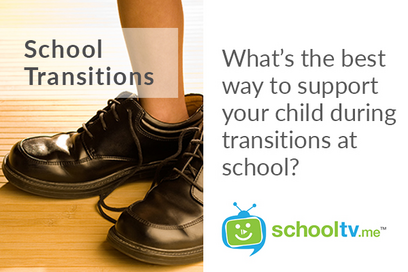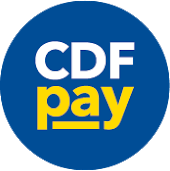Filter Content
Dear Parents and Carers
Log in to PAM to make your bookings.
Upcoming Events:
Wednesday 28 February - Foundation Rest Day #4 and Parent Teacher Meetings
Thursday 29 February - Reconciliation - Parent Evening
Saturday 2 March - Reconciliation Commitment Mass
Wednesday 6 March - SSV District Swimming
Monday 11 March - NO SCHOOL Public Holiday
Wednesday 13 March - Year 2 Swimming #1
Friday 15 March - Year 2 Swimming #2
Monday 18 March - Year 2 Swimming #3
Wednesday 20 March - Year 2 Swimming #4
Friday 22 March - Year 2 Swimming #5, P&F School Disco
Monday 25 March - Year 2 Swimming #6 & Year 3 to Year 6 Cross Country Carnival
Wednesday 27 March - Last Day of Term 2
Year One students have made a wonderful start to the year. They have been busy learning the routines and expectations and focusing on what Respect looks like at St Clare’s.
The students have been learning about prayer and the different types of prayer and ways to pray. Each learning group is creating their own prayer book to share during our daily prayer times.
In literacy students are learning how to write sentences using colourful semantics through identifying the ‘who/subject’, ‘what doing/verb’, ‘what/object’, and ‘where/location’. Students are beginning to add ‘describe/adjectives’ to make their sentences interesting.
In handwriting, the students have been focusing on correct letter formation and placement of letters on dotted thirds.
As part of our Little Learners Love Literacy program, we have been completing lots of different activities to practise our phonics skills. One activity that the students have been enjoying is the ‘Let’s Spell’ activity. Students identify the individual sounds in words and then practice spelling the whole word.
In numeracy, Year Ones have been practicing how to represent and order numbers using a variety of materials. Students have been using icy pole sticks to make two-digit numbers (bundles of tens and loose ones).
Year Ones have been learning about recognising our own emotions and demonstrating positive ways to react in different situations at home and at school. The Year Ones read the story The Colour Monster by Anna Llenas and drew their own colour monster to show how they were feeling. They expressed the emotions of happiness, sadness, fear, anger, love and calm by using different colours. The students practiced different ways of regulating their emotions through exercises such as deep breathing, movement and mindfulness.
As part of our inquiry ‘How can we be healthy, safe and active?’, the students have been learning about the benefits of regular physical activity and have identified different ways they can be active at home, at school and in the community. Later in the term they will be learning about healthy food choices and will be participating in the Market Fresh School program.
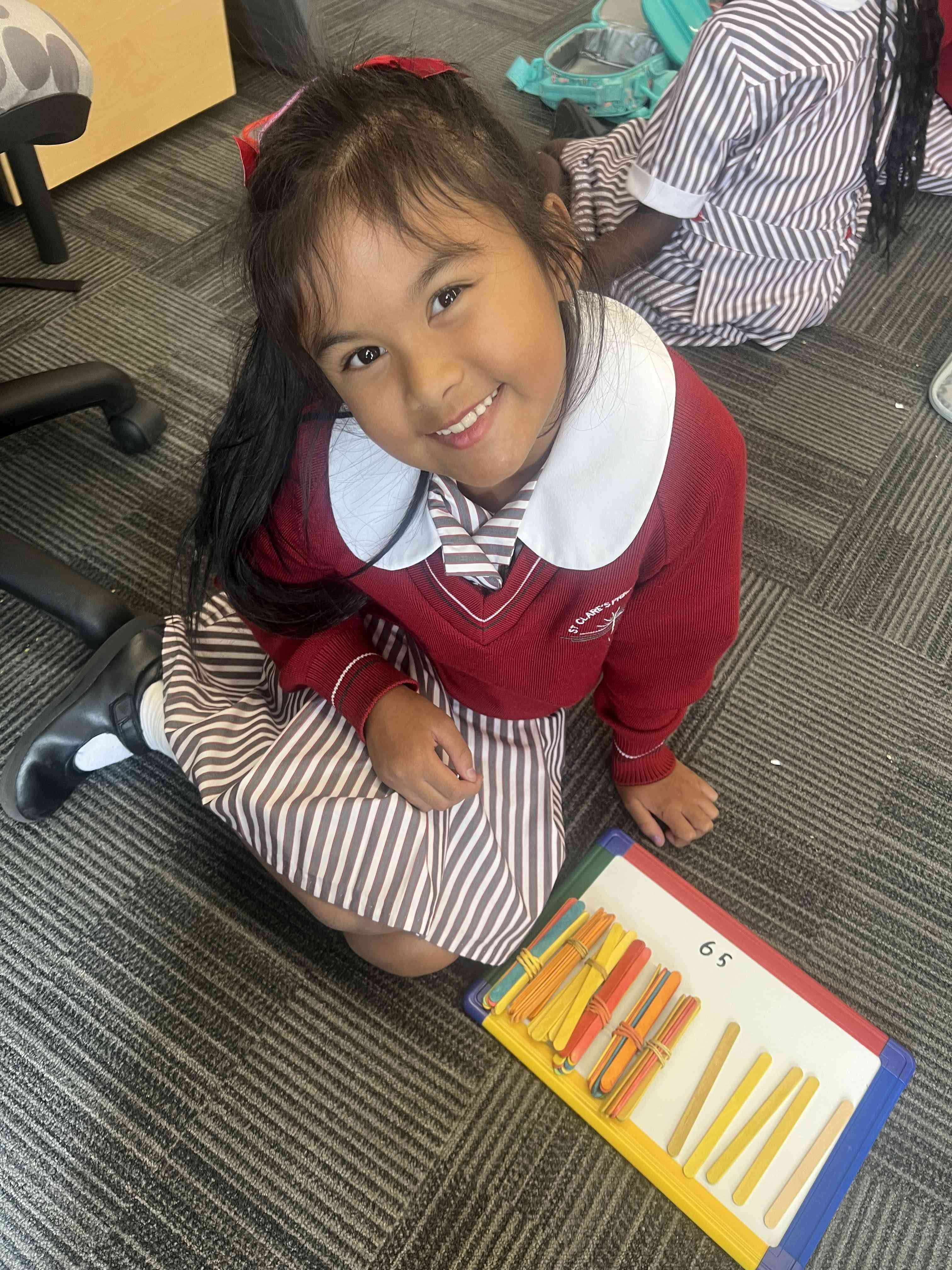
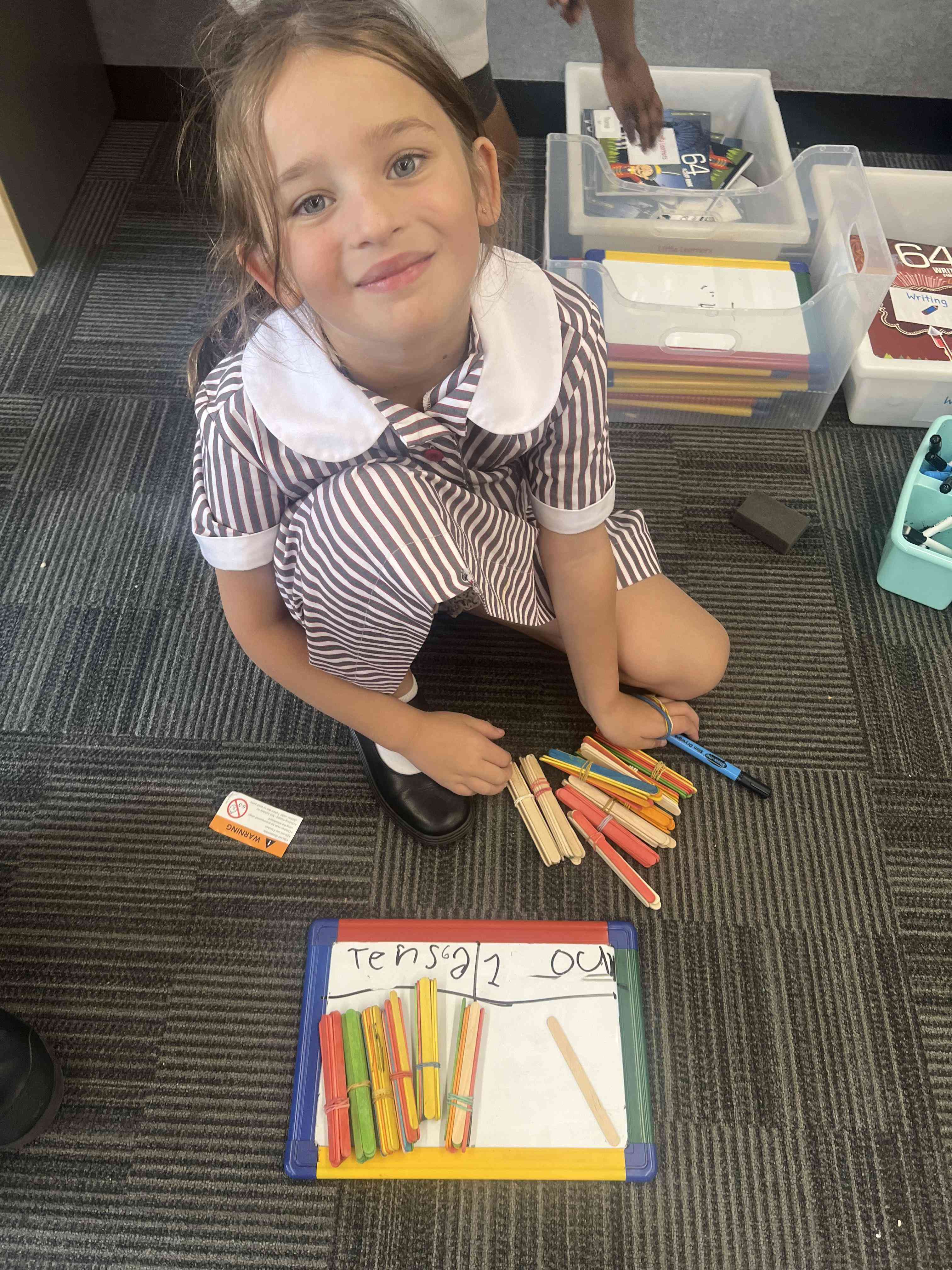
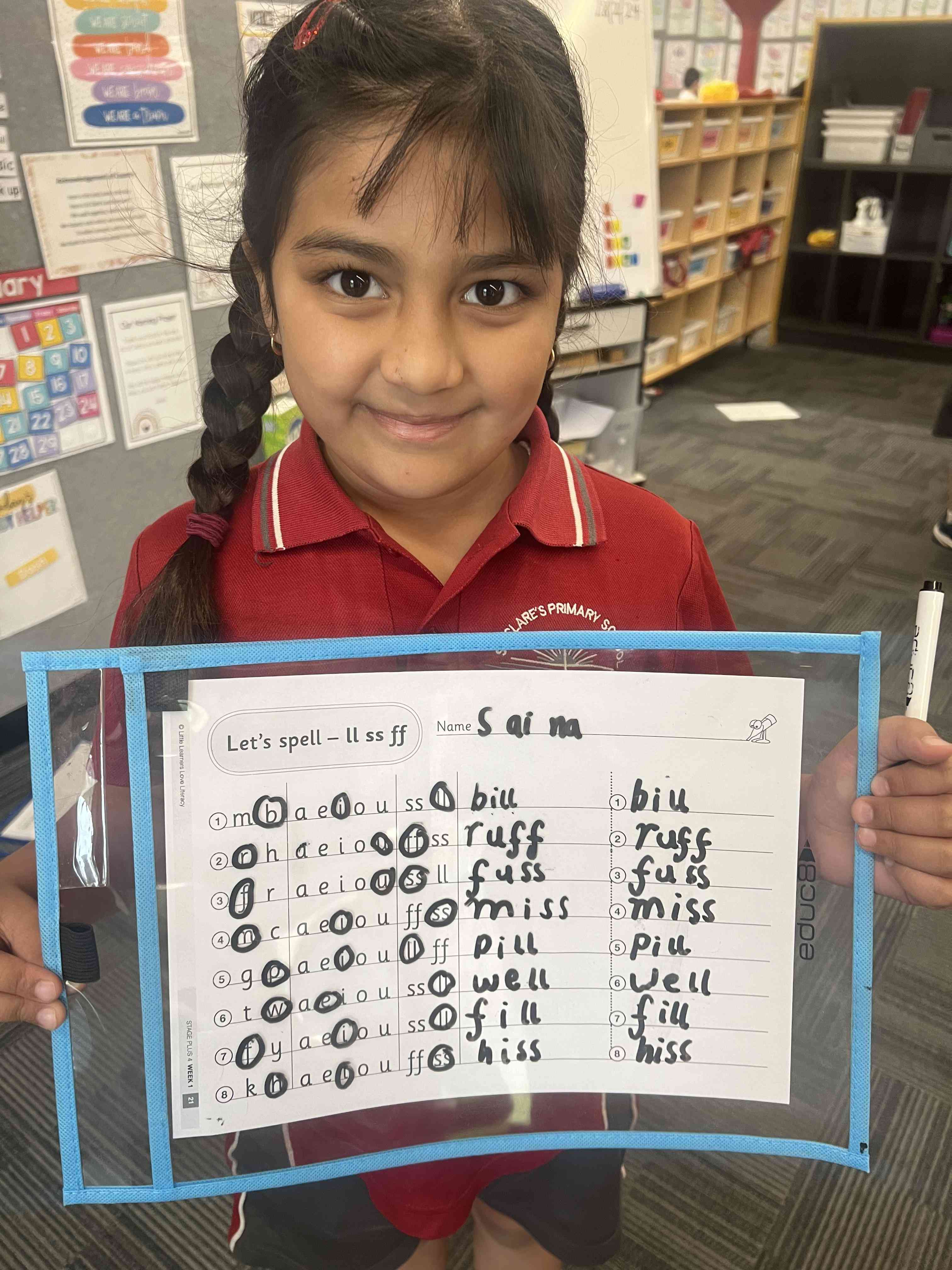
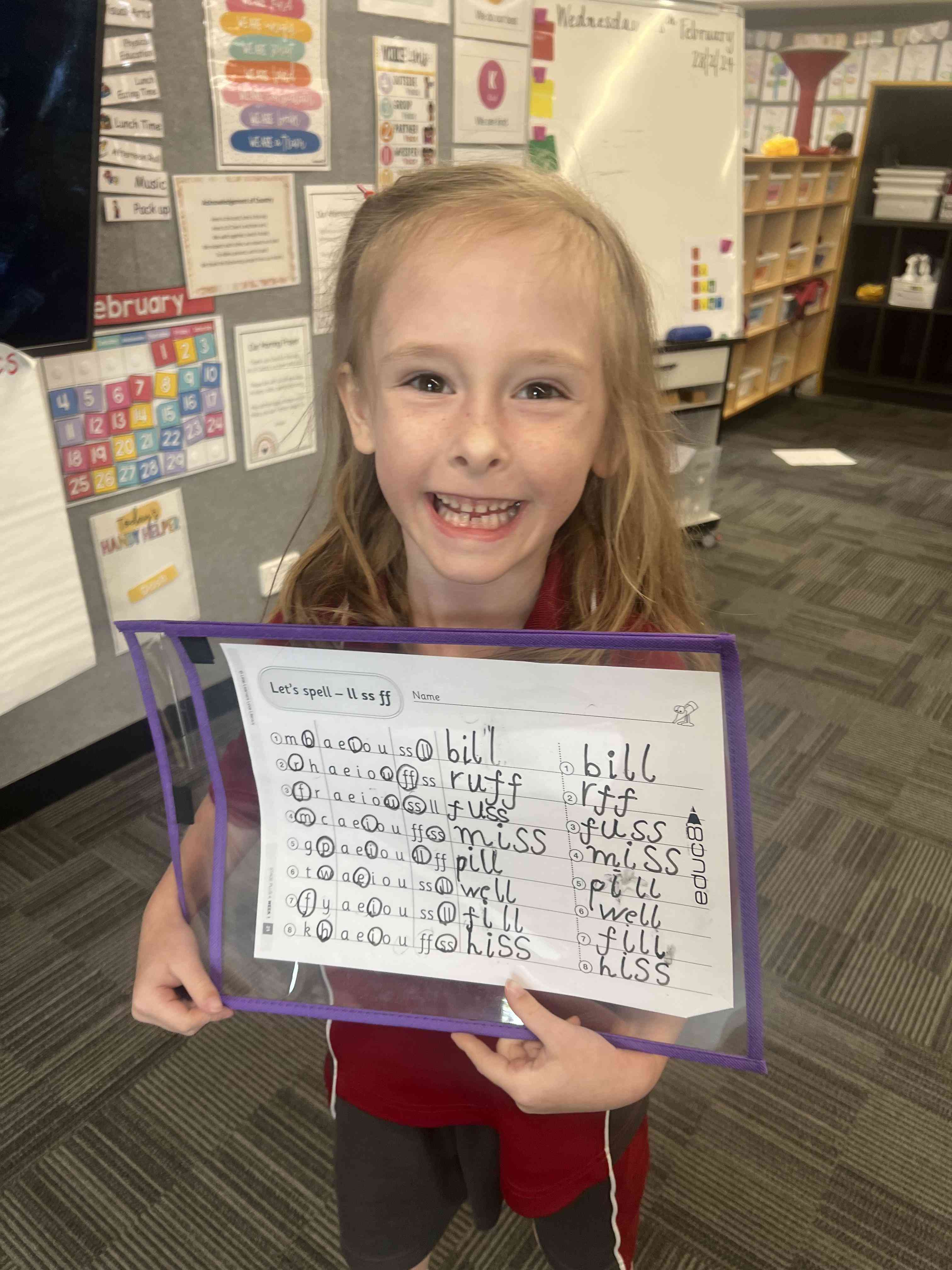
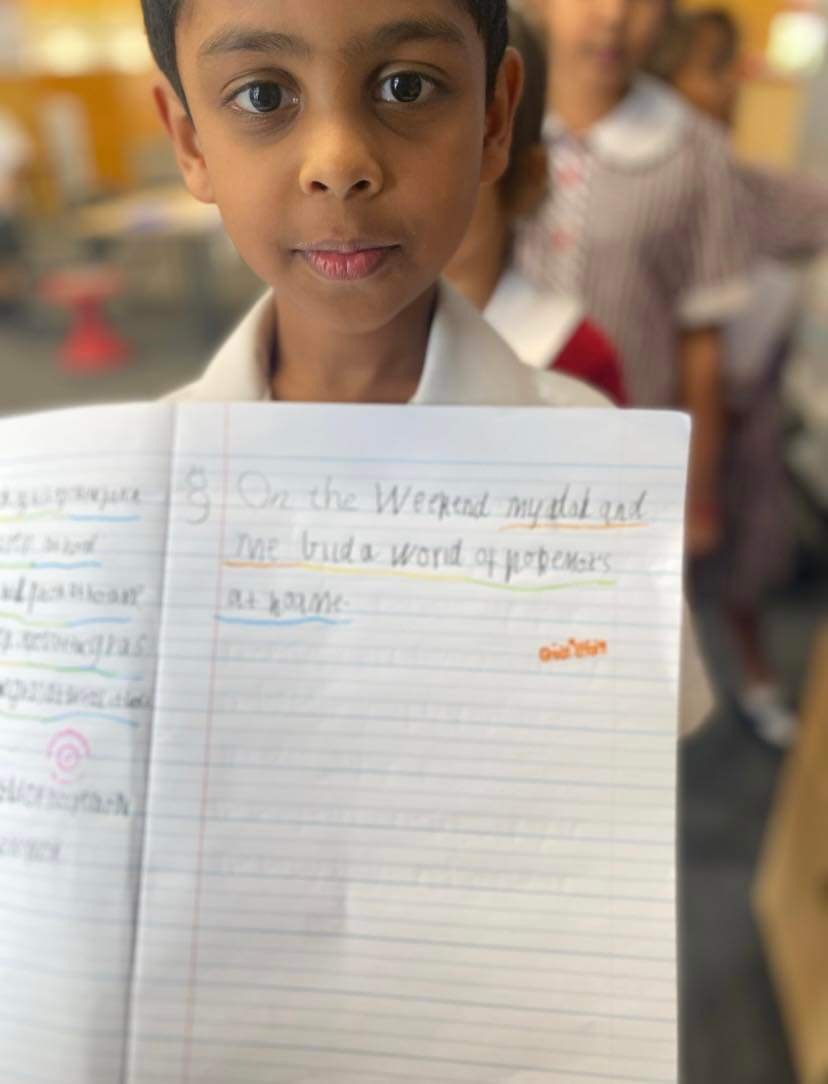
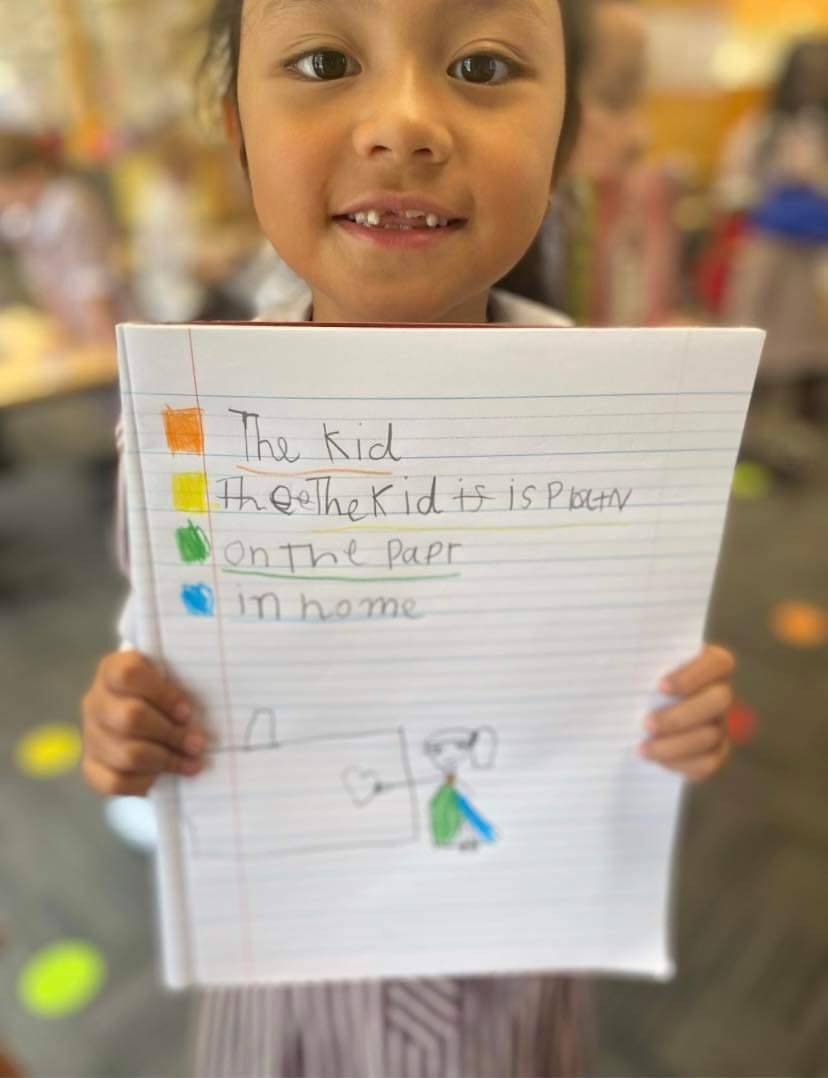
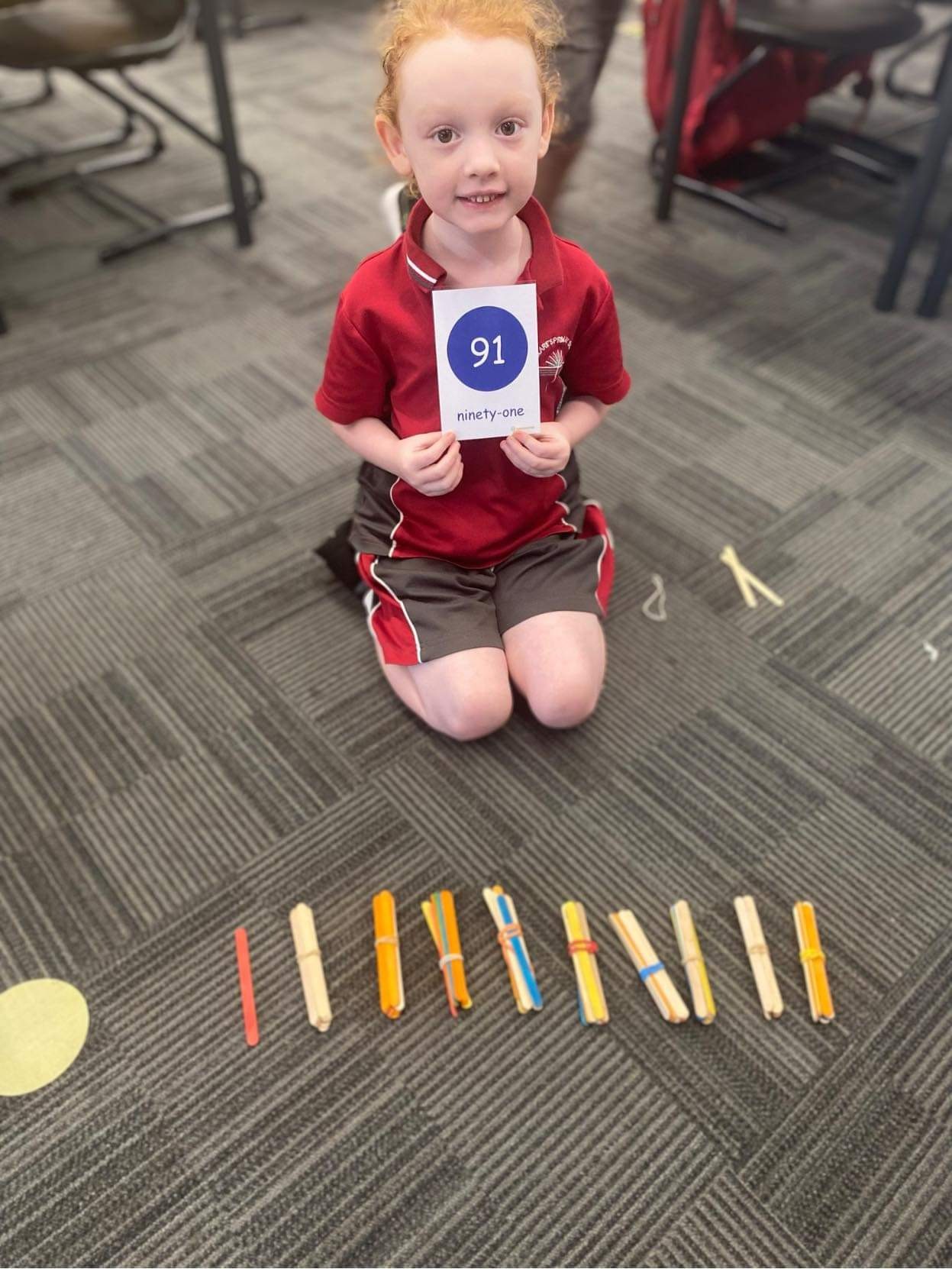
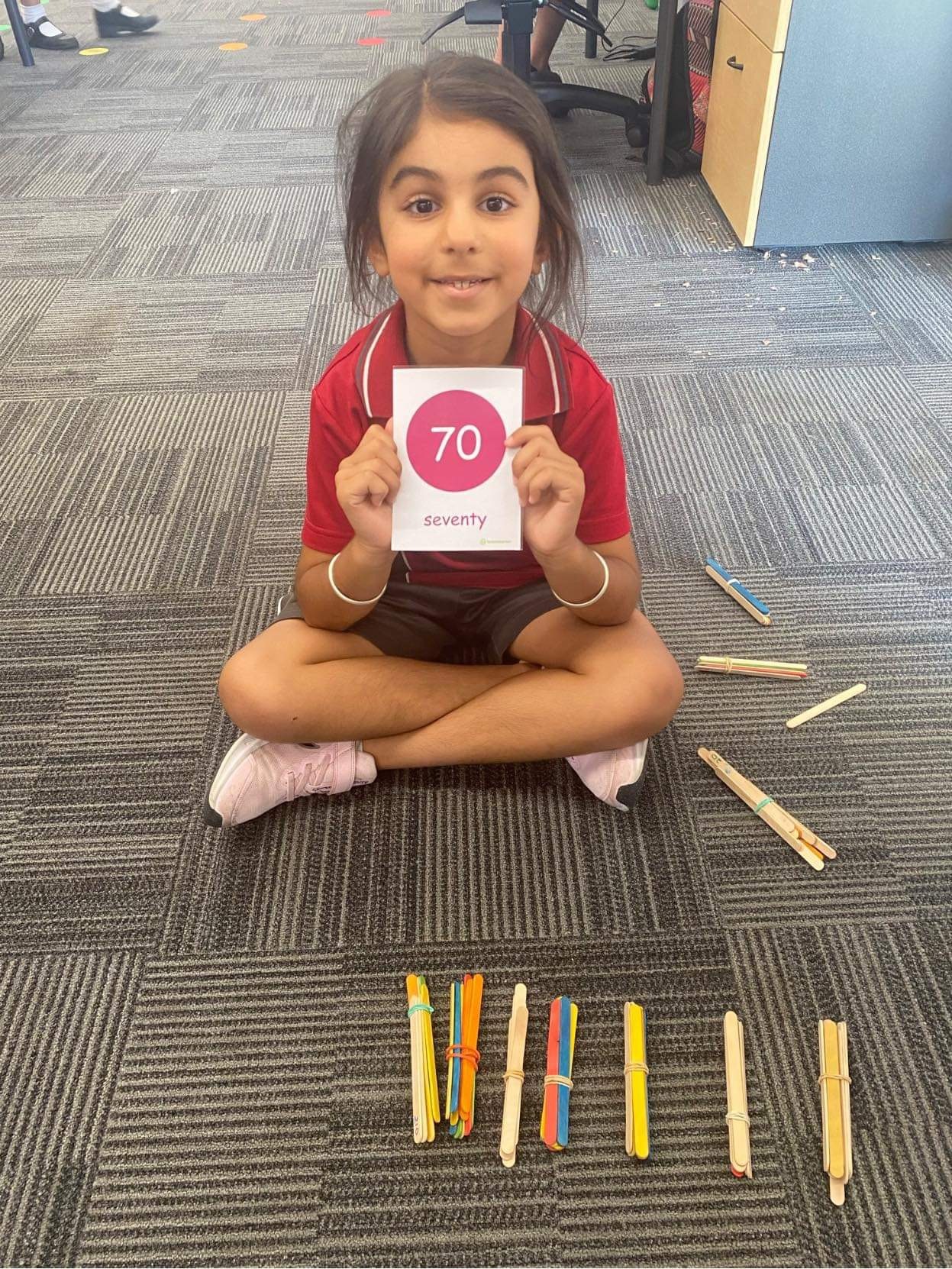

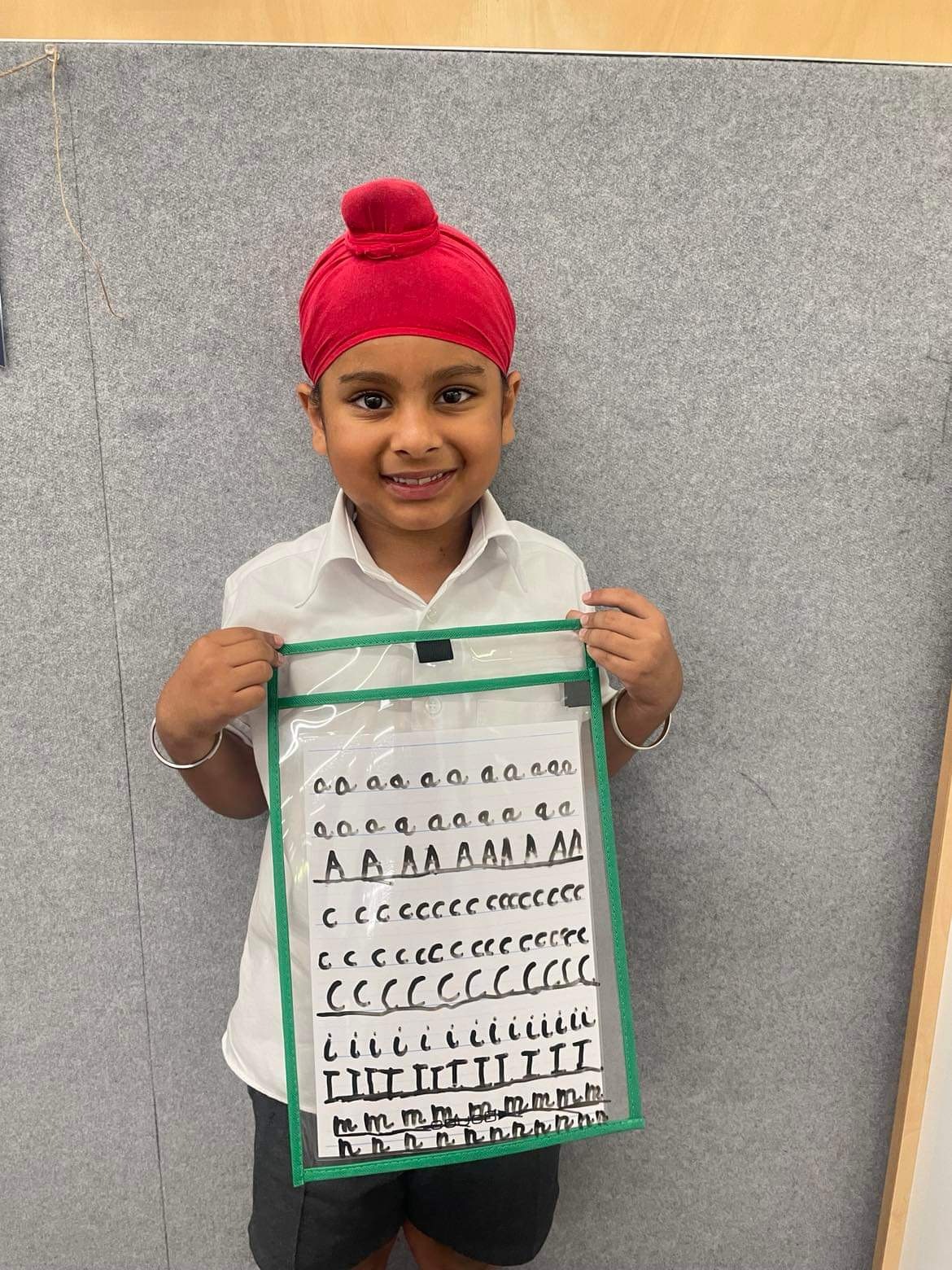
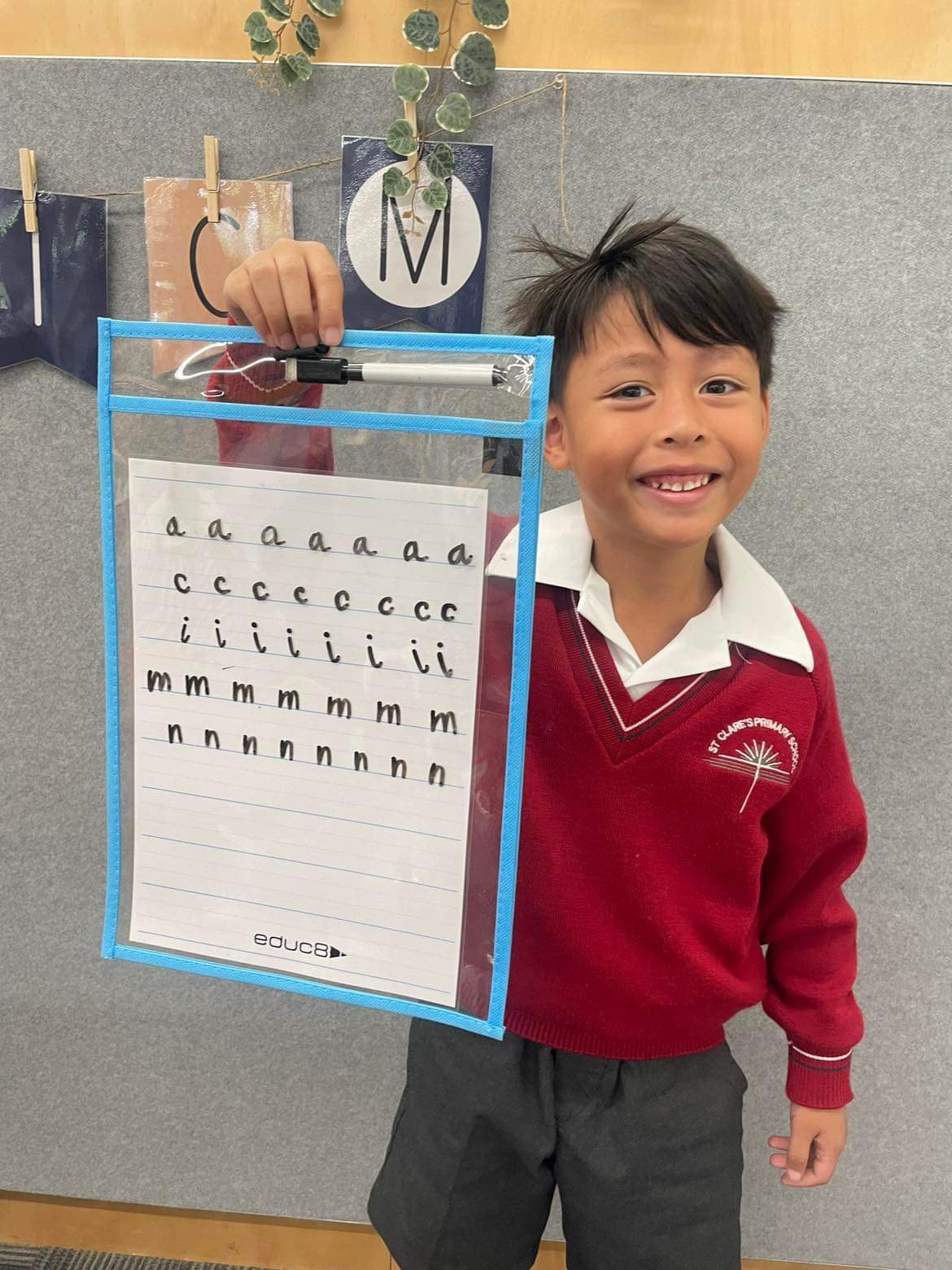






Science - Be Curious!
Reconciliation
Parent Information Evening: This Thursday evening 29 February at 7pm at St Patrick’s Church, Father Elio Capra will speak with parents and carers about the Sacrament of Reconciliation. This night is for all parents/carers (not students) whose child/children are receiving the Sacrament of Reconciliation on Tues 5 March or Wed 6 March.Information will also be provided by the school and Parish on this night about the procedures of the evenings.
A reminder to those families that we also have the Reconciliation Commitment Mass this Saturday at St Patrick’s Church at 6pm.
Lent Mark 9:2-10
Last weekend the Gospel reading focussed on the Transfiguration of Jesus. The setting of this passage is a mountain. Traditionally, in the Bible, mountains are considered holy places where humans (including Jesus) were/are invited into close contact with God. Moses and Elijah are with Jesus (connecting the messages from the Old Testament to the New Testament). God speaks to them and tells them to listen to Jesus. Peter, James and John realise that Jesus is the Son of Man and Jesus orders them to tell no one “until after the Son of Man has risen from the dead.” Jesus gives them a clue as to what lies ahead.
This passage challenges us to go beyond our own, immediate, goals and to think about our collective future.
Source: Adapted from Living in Harmony Year B Garratt Publishing
For those looking to enrol for 2025 we are holding an Open Day on Saturday 16 March from 10am to 12pm
REPORTING AN ABSENCE
To report your child's absence please do so via PAM, email absent@stclaresofficer.catholic.edu.au or call 5940 6777
SCHOOL FEES
Here is the link for the St Clare's Parent Access Module (PAM)
St Clare's PAM
You username is the email address that you have registered with the school. The first time you log in we ask that you use the forgotten password feature to set your own password.
ALL parents must access PAM to receive up to date information and grant necessary permissions. Students will miss out on events if permission is not granted.
For Year 3 and Year 5 students NAPLAN will be held in Term 1 this year.
Attached for you to look through is information regarding 2024 NAPLAN
Please see our school schedule below. There are catchup days for students who may be absent on a given day.
9:05am WRITING Y3 paper based
9:50am NUMERACY Y3 Online
In this edition of SchoolTV - SCHOOL TRANSITIONS
Whether it is starting school for the first time, moving up to a higher grade or embarking on a journey through secondary school, there is no doubt that any school transition is a very exciting time for children and parents. It means your children are growing up!
However, transitioning is an ongoing process. It can continue long after students have entered their new environment and may encounter difficulties at a number of different stages. These stressors may appear as anxiety and frustration and result in negative or disruptive behaviours. Such behaviours can become problematic making the transitioning process even more difficult for children and parents.
In this edition of SchoolTV, parents will learn practical strategies to assist your child during the transition process and reduce stress and anxiety levels.
We hope you take time to reflect on the information offered in this edition of SchoolTV and we always welcome your feedback. If you have any concerns about your child, please seek medical or professional help.
Here is the link to the School Transitions edition of SchoolTV
https://stclaresofficer.catholic.schooltv.me/newsletter/school-transitions
CDFpay is a secure, safe and efficient method for ordering and paying for items through school.
Below you will find instructions for setting up your CDFpay account both if you are an existing parent "already have a CDF pay account" or a new parent.
Here is the link to head to our school CDFpay shop St Clare's CDFpay Shop
How to Help Kids Stay Safe Online
Adapted from: https://www.esafety.gov.au/about-us/blog Office of the eSafety Commissioner
- Start the chat
It’s not possible to be at your child’s side every second of the day, so it’s important to talk with them about online safety issues to help develop their critical thinking and ability to make good choices. It’s also good to let them know they can come to you for help if they have any concerns. You may feel they know more about the latest technology than you do, but you have more life experience to guide them.
- With primary school aged children use online devices in the open living spaces at home to make parent supervision part of the expectation for your child.
- Take the opportunity to set some boundaries around when and where they can use devices like tablets, smart TVs and gaming consoles, to help limit potential tech tantrums — you could even fill in an Early Years Family Tech Agreement
- Screen free time before bed is important for good sleep. Consider charging devices in a central location at a regular time each night to allow an hour screen free before bed.
- While you are all at home more, it’s a great time to co-view and co-play with your kids, so you can understand what they are doing and experiencing online.
- Learn about the games, apps, social media and platforms they are using at The eSafety Guide, including how to protect their information and report inappropriate content or conduct.
- Use parental controls and safe search options
Parental controls can help block your child from accessing specific websites, apps or functions. They can also monitor your child’s use of connected devices and set time limits. But beware! You cannot always rely on them — they should be used in combination with other online safety strategies.
- Parental controls are available on most tablets, smartphones, computers, TVs and gaming consoles.
- You can also download family safety controls or buy robust filters out of the box.
- You can set up child-friendly search engines, or select safe search settings on digital devices, to help prevent your child from stumbling across inappropriate sites and content.
- Check smart toy settings
It’s surprising how many toys or devices can connect online these days, from drones and smart teddies to tablets and wearables. While they can be both entertaining and educational, they can reveal your child’s personal details and location — and allow other people to contact them without you knowing. You can help keep them stay safe by:
- setting strong passwords
- turning off location settings
- limiting the amount of personal information shared.
The eSafety Gift Guide has advice on what to check for and how to stay safe.
- Look out for unwanted contact and grooming
Unwanted contact is any communication that makes your child feel uncomfortable or unsafe, even if they initially welcomed the contact. It can come from a stranger, an online ‘friend’ or even someone they actually know. At worst, it can involve ‘grooming’ — building a relationship with the child in order to sexually abuse them.
You can help by:
- making sure their accounts are private — including chat functions on games
- encouraging them to delete requests from strangers and any contacts they don’t know in person
- checking in with your child as they use online devices in the open living spaces at home
- reporting and blocking anyone suspicious on a website or service
- remembering that if suspicious online contacts become aggressive or threatening you should contact your local police.
- Know the signs of cyberbullying
Kids who are bored by long periods at home can pick at each other, and that happens online too. So it’s important to keep an eye out for cyberbullying. It can include mean posts, comments and messages, as well as being left out of online group activities like gaming.
- Remember, when they are away from school, kids have less access to their usual support systems, including friends, teachers and counsellors.
- eSafety research shows that girls are more likely to be affected than boys and the person doing the bullying is generally someone they know from school.
- Watch out for signs such as your child appearing upset after using their mobile, tablet or computer, being unusually secretive about their online activities or becoming withdrawn.
- Cyberbullying can make social isolation worse and the longer it continues, the more stressed kids can become, impacting on their emotional and physical wellbeing.
What to do if your child is being cyberbullied
As parents, our first instinct may be to ban our children from social media, disable the wi-fi or turn off the data access. But this can actually compound the problem, making your child feel as if they’re being punished and heightening their sense of social exclusion.
There are four simple steps that can help minimise the harm:
- report the cyberbullying to the social media service where it is occurring
- collect evidence of the cyberbullying material
- if the material is still public 48 hours later, make a report to eSafety — we work with social media platforms to have the harmful content removed.
block the offending user.











